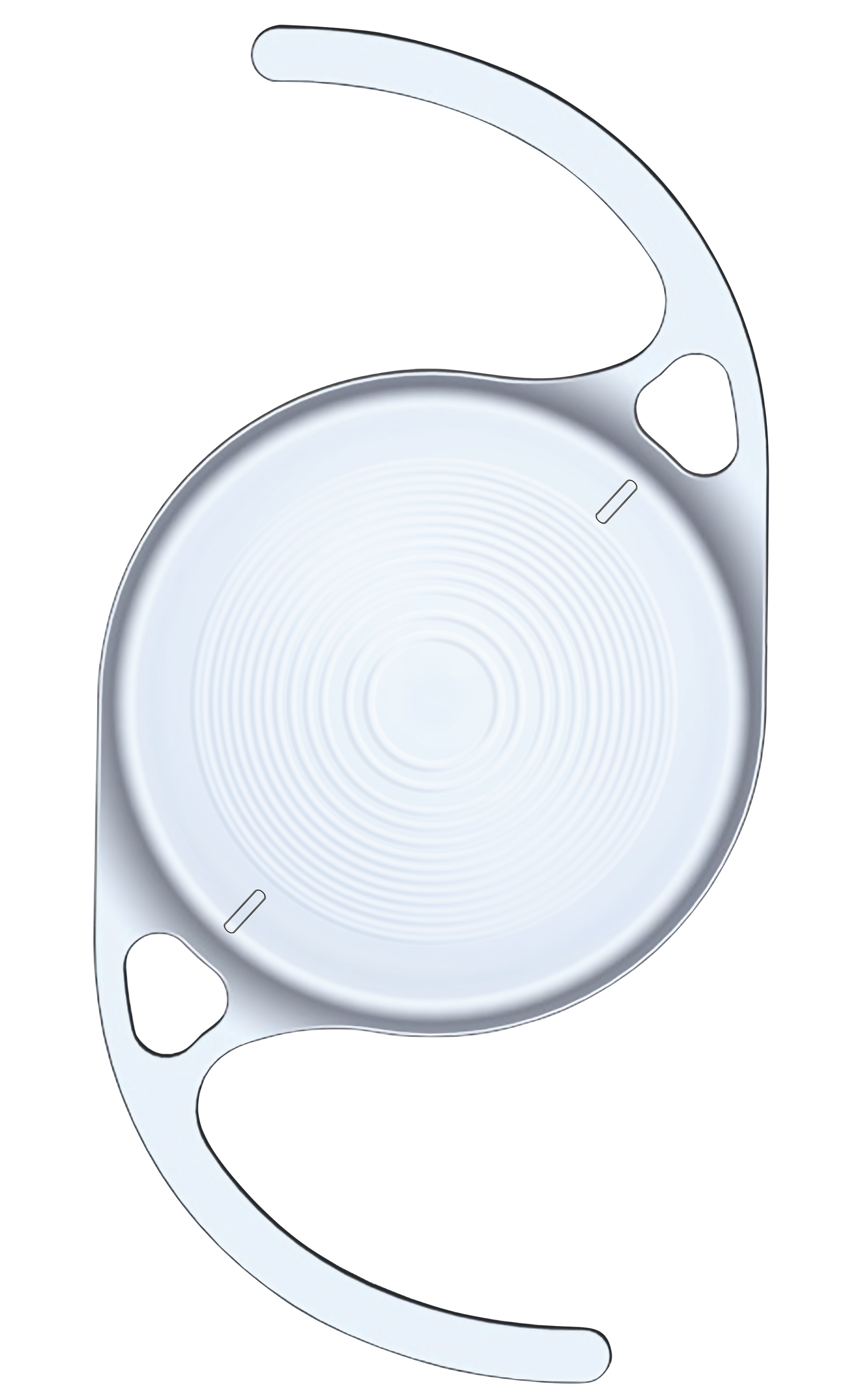
Considering Cataract Surgery?
What Are Cataracts?
Cataracts are a common eye condition, affecting over 22 million Americans over the age of 40, a number expected to exceed 30 million in the next five years, according to Prevent Blindness America. This condition develops as the natural lens inside the eye becomes cloudy, leading to blurred or impaired vision.
Many people mistakenly believe a cataract is a film covering the eye, but in reality, it occurs when protein deposits build up on the eye’s lens, much like a smudge on a camera lens. Unfortunately, unlike a camera, you can’t simply wipe it away!
At first, stronger lighting and updated eyeglasses may help manage vision changes. However, when cataracts start to affect the activities you love—whether it’s reading, driving at night, golfing, or seeing loved ones clearly—it may be time to consider cataract surgery to restore clear, vibrant vision and improve your quality of life.
The good news is that cataract surgery can restore your vision by replacing the cloudy lens with a clear, artificial one. In many cases, this can be a blessing in disguise, as some patients experience less need for prescription glasses or may no longer require reading glasses after surgery. It's a life-changing opportunity to enhance both your vision and your quality of life.
Signs You May Be Developing a Cataract
Blurry or distorted vision, including double vision, ghost images, halos, or a sensation of a “film” over your eyes.
Difficulty with lighting, such as struggling to see in dim conditions or having trouble driving at night.
Faded or dull colors that appear less vibrant than before.
Frequent changes in eyeglass prescriptions that fail to improve your vision.
If blurry vision is interfering with daily activities like reading or driving, it may be time for a consultation.
Surgery Experience
At the outpatient surgery center downstairs from the office, the cataract surgery experience is designed to be both efficient and comfortable. Upon arrival, patients are warmly greeted and guided through a streamlined pre-operative process that minimizes wait times and ensures a relaxed atmosphere. During the procedure, we utilize local anesthesia to ensure you remain pain-free and comfortable, allowing you to be awake yet at ease throughout your surgery. Our experienced team and advanced technology work together to deliver precise and safe treatment, enabling you to return home the same day with a renewed sense of clarity and confidence.
Monofocal Lenses
Monofocal lenses deliver crisp, clear vision at a single focal point, typically optimized for either distance or near tasks. They are a reliable and cost-effective choice, providing excellent clarity for specific activities such as driving or reading. While patients may still need glasses for the range not covered by the chosen focal point, the simplicity and predictability of monofocal lenses make them a trusted option for many.
Toric Lenses
Toric lenses are designed to correct astigmatism by compensating for the irregular curvature of the cornea. This targeted correction enhances visual clarity and reduces or eliminates the need for additional corrective eyewear after surgery. Ideal for patients with astigmatism, toric lenses help achieve balanced, sharp vision across distances, contributing to a more natural and comfortable visual experience.
Multifocal Lenses
Multifocal lenses offer multiple focal zones in a single lens, allowing patients to see clearly at near, intermediate, and far distances. This versatility minimizes the dependence on glasses for various daily tasks, from reading to computer work to driving. Although the design is more complex and may occasionally lead to visual phenomena like halos, many patients appreciate the enhanced independence and convenience provided by multifocal lenses.
Light Adjustable Lens (LAL)
The Light Adjustable Lens gives you a chance to “test-drive” your vision after cataract surgery. Once your eye heals, we can adjust the lens in-office using gentle, painless UV light so your vision matches how you actually see. This means your vision can be tailored to the way you live, whether that means driving, reading, using a computer, or enjoying outdoor hobbies. If you have had LASIK, RK, or other corneal surgery, LAL often works especially well because previous surgery can make vision outcomes from standard lenses unpredictable. With LAL, many patients get sharper, more accurate vision and reduce or even eliminate the need for glasses or contacts afterward.
What are Cataracts?
Learn what cataracts are, how they affect your vision, and why they occur as part of the natural aging process. This video walks you through the symptoms, diagnosis, and treatment options — with a focus on the safety and effectiveness of cataract surgery. Whether you're exploring solutions for yourself or a loved one, this guide is here to provide clarity and peace of mind.
Which Cataract Lens Is Right for You?
Cataract surgery gives you the opportunity to improve your vision—often without glasses. This video covers the differences between monofocal, toric, and multifocal lenses, and how to choose the one that best fits your lifestyle and visual goals.
Step-by-Step: How Cataract Surgery Works
Curious about what happens in the operating room? This video walks you through each step of cataract surgery, from anesthesia to lens implantation. Knowing what to expect can help reduce anxiety and prepare you for a smooth, safe experience.




